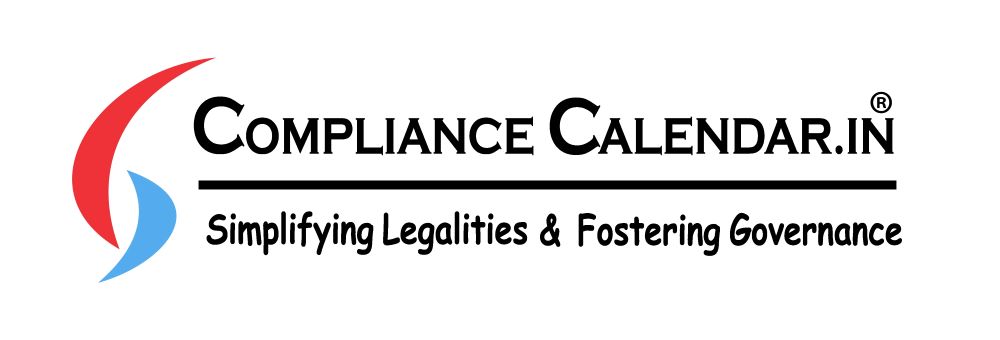What Are the Criteria for LLP Closure? Rules and Regulations Explained

Strong 8k brings an ultra-HD IPTV experience to your living room and your pocket.
Closing a Limited Liability Partnership (LLP) in India involves following specific legal procedures to ensure proper dissolution. The process is governed by the Limited Liability Partnership Act, 2008, and related rules, providing various methods for LLP closure based on the circumstances. Whether an LLP is inactive, insolvent, or operationally redundant, understanding the criteria for closure is essential for partners to comply with legal requirements.
Reasons for LLP Closure
An LLP may need to be closed due to the following reasons:
Business Inactivity: The LLP has ceased operations or has been inactive for a significant period.
Financial Insolvency: The LLP cannot meet its liabilities and obligations.
Regulatory Compliance: Non-compliance with statutory requirements, leading to legal complications.
Voluntary Decision: Partners decide to discontinue the LLP voluntarily.
Methods for LLP Closure
The closure of an LLP can be achieved through two primary methods:
- Voluntary Closure
Under Rule 37(1) of the LLP Rules, 2009, LLPs that are inactive for over one year can opt for voluntary closure through the Fast Track Exit (FTE) scheme.
- Criteria:
The LLP has not carried out any business operations for at least one year.
It has no pending liabilities or outstanding dues.
Consent from all partners is obtained through a resolution.
- Procedure:
Board Resolution: The partners must pass a resolution agreeing to close the LLP.
Application to Registrar of Companies (RoC):
File Form 24 with supporting documents:
Statement of accounts not older than 30 days.
Affidavit declaring no liabilities and indemnity bonds from partners.
Resolution copy and details of pending litigation, if any.
Approval: Once the RoC verifies the documents and ensures compliance, it strikes off the LLP from the register.
Compulsory Dissolution
An LLP may face compulsory dissolution if it violates regulatory requirements or engages in unlawful activities.
- Criteria:
Failure to file financial statements or annual returns for two consecutive years.
Engagement in fraudulent or illegal activities.
Inability to pay debts or insolvency.
- Procedure:
Petition to NCLT: Creditors, partners, or regulatory authorities can file a petition with the National Company Law Tribunal (NCLT) for dissolution.
Appointment of Liquidator: NCLT appoints a liquidator to settle debts and liabilities.
Liquidation Process:
Assets are liquidated, and proceeds are distributed among creditors.
Remaining funds, if any, are returned to the partners.
Final Dissolution: Upon completion, the liquidator files a report, and NCLT orders the dissolution.
Documentation Required for LLP Closure
To initiate the closure process, the following documents are typically required:
Affidavits: Declaration of no liabilities and confirmation of non-operation.
Indemnity Bonds: Protection against future claims or liabilities.
Statement of Accounts: Updated accounts certified by a Chartered Accountant.
Resolution Copy: Agreement among partners for closure.
Application Forms: Filing Form 24 for voluntary closure or petition for compulsory dissolution.
Regulatory Framework
Limited Liability Partnership Act, 2008: Governs the formation, management, and closure of LLPs.
Limited Liability Partnership Rules, 2009: Provides detailed procedures and forms for LLP closure.
Companies Act, 2013 (Applicable Provisions): In cases of insolvency or liquidation, specific provisions under the Companies Act may apply.
Insolvency and Bankruptcy Code, 2016 (IBC):
Applicable when the LLP faces insolvency.
Provides a systematic process for debt resolution and liquidation.
Points to Consider Before Closure
Outstanding Liabilities: Ensure that all liabilities, including debts, taxes, and employee dues, are settled.
Pending Compliances: Complete all filings, such as annual returns and financial statements, to avoid penalties.
Asset Disposal: Liquidate assets and distribute proceeds among creditors and partners.
Partner Consensus: Obtain unanimous consent from all partners for voluntary closure.
Challenges in LLP Closure
Documentation Errors: Incomplete or incorrect documents can delay the process.
Pending Litigation: Unresolved legal disputes can hinder closure.
Regulatory Approvals: Delays in receiving approvals from the RoC or NCLT can extend timelines.
Non-Compliance Penalties: Failure to meet statutory obligations may result in fines or disqualification of partners.
Key Benefits of Proper LLP Closure
Legal Protection: Prevents future liabilities and penalties.
Compliance with Laws: Ensures adherence to regulatory requirements.
Clean Record: Maintains the credibility of partners and avoids blacklisting.
Tax Relief: Proper dissolution helps resolve pending tax obligations.
Conclusion
Closing an LLP is a significant decision requiring compliance with legal procedures to avoid future complications. Whether opting for voluntary closure through the Fast Track Exit scheme or compulsory dissolution via the NCLT, understanding the criteria and process is essential for partners. Proper documentation, timely filing, and settlement of liabilities are key to ensuring a smooth closure. Consulting with legal and financial experts can simplify the process and help partners transition effectively.
Note: IndiBlogHub features both user-submitted and editorial content. We do not verify third-party contributions. Read our Disclaimer and Privacy Policyfor details.







